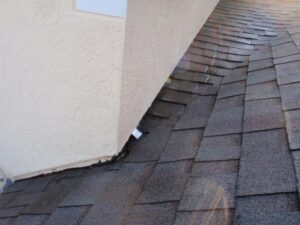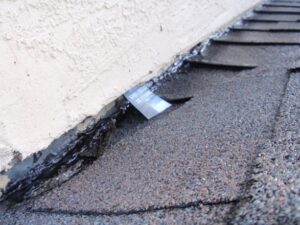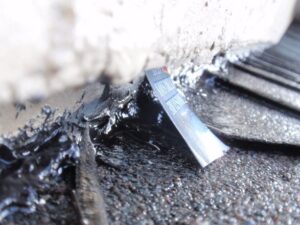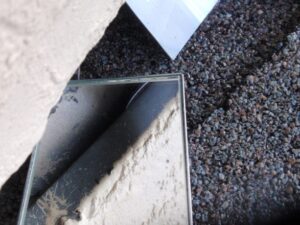Intermittent water intrusion

In our inspection business, we have used high resolution infrared technology since about 2005. We are eat and sleep inspection junkies and amateur building scientists. So…besides simple home inspections we receive and perform a lot of “we have a water intrusion problem can you help” inspections. Now, with even an elementary understanding of heat transfer and water vapor transmission, many mysteries have fairly simple explanations. Years ago, my partner Ron Hamel solved a mystery of intermittent water intrusion that bewildered many a contractor. Since this “a-ha” moment, we have re-discovered this situation many times. To my knowledge there is no building code violation so there is no particular finger pointing intended here but just like pre-kickout flashing or exterior wind diverters on off ridge vents, I suspect this phenomenon could be addressed by future code authorities during installation or inspections.

Here’s the situation. Water intrusion evidences that only occur during severe weather. In our central Florida location this is common at sidewalls on either side of a front entry. I’m sure other scenarios may exist but this is our common scenario and we obviously experience a lot of heavy down pours and high winds. Ok, so we have a condition where the wall/roof system is overwhelmed and can no longer shed water effectively enough and moisture is manifested on the interior of the structure. Let’s assume everything is constructed to current municipal code requirements when this experience exists and that all caulk/seal/paint and crack/gap issues are non-issues. Now, the wall/roof systems may even be breached in normal/light inclement weather conditions but quantity of moisture is insufficient to produce interior manifestations. But…this exterior envelope functions as designed but…fails during heavy rain/wind conditions. So…by simple reasoning we conclude that there are no roof, wall or plumbing issues. What we (Ronny) discovered is that at these areas the quantity and force of water is literally pushed up underneath the J-channel and over the sidewall flashing. We would assume that the vapor barrier would be installed on top of the sidewall flashing but we have identified this condition so many times, well I guess maybe not. So…water gets pushed up and over the sidewall flashing, runs down the vapor barrier and then follows the path of least resistance where interior moisture is eventually observed.


See the pictures of a typical situation and look at my business card bent up underneath the J-channel. This depicts the travel path of water that is pushed by heavy rain water quantity that results in intermittent water “leaks”. I’m sure higher vertical flashing requirements are on the way or better installation attention is paid but…in existing structures we can only recognize and educate on this condition. What we generally recommend in our reports is that this gap be sealed with an appropriate sealant. If you eliminate this path, your “leak” experiences will undoubtedly be diminished. I would really appreciate that if any other ASHI members have experienced this situation, please add to my education or support my theory. Any other inspectors that can now used this info to solve similar issues with their clients, please let me know too. These experiences could have an impact on future design methods for architects, designers, engineers and repair contractors. Please email me stories and/or pictures to jon@inspectagator.com.
Check out our YouTube channel (https://www.youtube.com/user/inspectagator)!
Get Orange, Blue & Green Clean and Move In Safe today!
Our facebook page is full of information and short videos, https://www.facebook.com/theinspectagator/
If you’re looking for a great home inspection company, I just happen to know one, please check out our home inspection company, the Inspectagator, at https://www.inspectagator.com

